
From Apple to aircraft – rock star Australian industrial designer turns to traditional Chinese cloisonné
- Marc Newson’s portfolio includes the Apple Watch and a lounger that is the most expensive object by a living designer
- His new collection of furniture includes armchairs produced at a cloisonne factory he rebuilt near Beijing
Marc Newson made headlines in 2006 when his Lockheed Lounge became the most expensive object created by a living designer, a record it has broken three times. Most recently, in 2015, it sold for more than 2.4 million pounds (US$3 million).
The curvy, aluminium chair, meant to evoke “a globule of mercury”, is one of many rounded hourglass designs in his diverse portfolio that includes the retro-futurist Qantas first-class lounge in Sydney and high-profile collaborations with Apple’s Jony Ive, beginning with the Apple Watch.
Changing the view of modern Asian design one exhibition at a time
So how did the rock star designer come to use traditional Chinese cloisonné – a technique for decorating metalwork objects – for his new collection of furniture?
“I had a particular interest in cloisonné as I trained as a jeweller and silversmith. It’s one of these mad, esoteric skill sets that only really still exists in China, and only barely [does],” says Australian-born Newson.
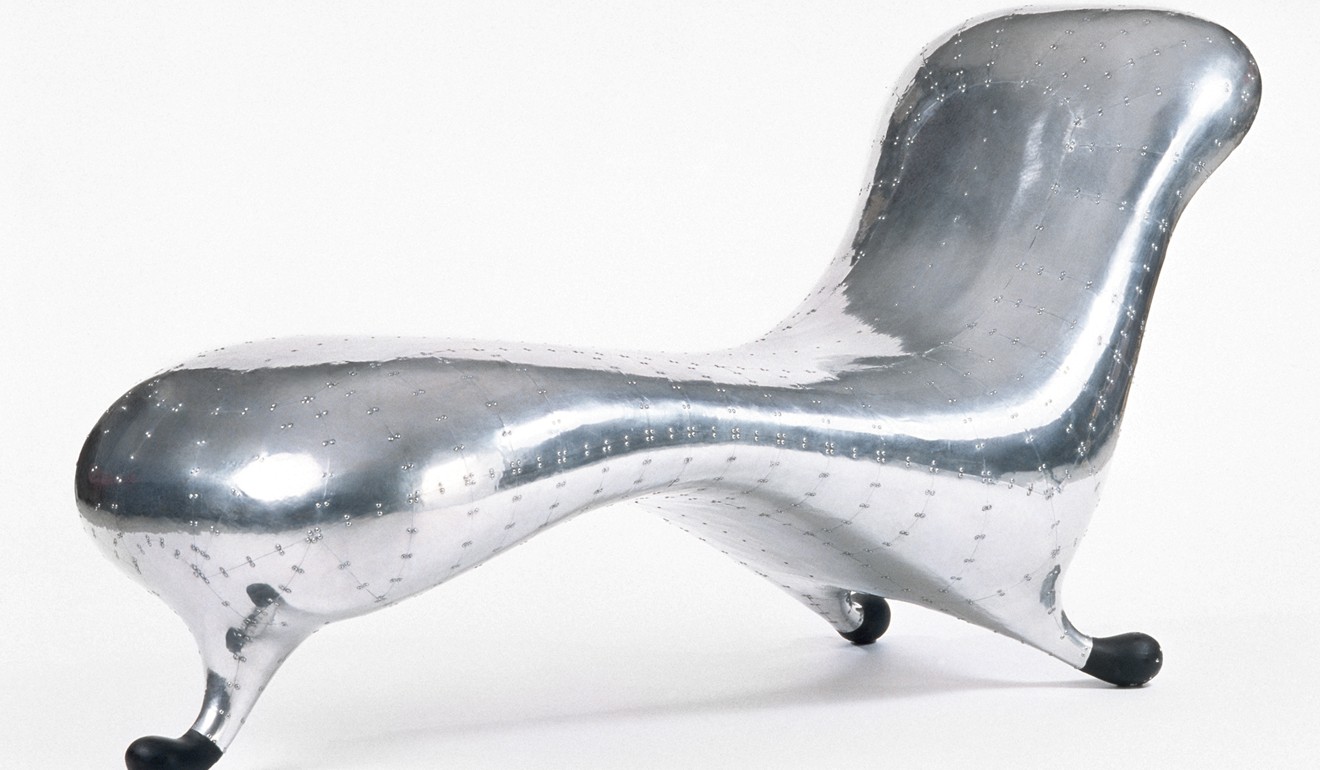
He scoured the country for the skills required, eventually deciding to rebuild a cloisonné factory near Beijing for production of the desks, armchairs and lounge chairs that will headline the designer’s upcoming solo exhibition at the Gagosian Gallery in New York, his first in 10 years.
At the age of 23, Newson took six months to handcraft his first Lockheed (one of only 15) in his garage in Sydney. Now 55, he is still searching for ways to use materials that are challenging or unusual.
“I am drawn to complexity,” he says of the cloisonné process, which was every bit as painstaking as his iconic first work.
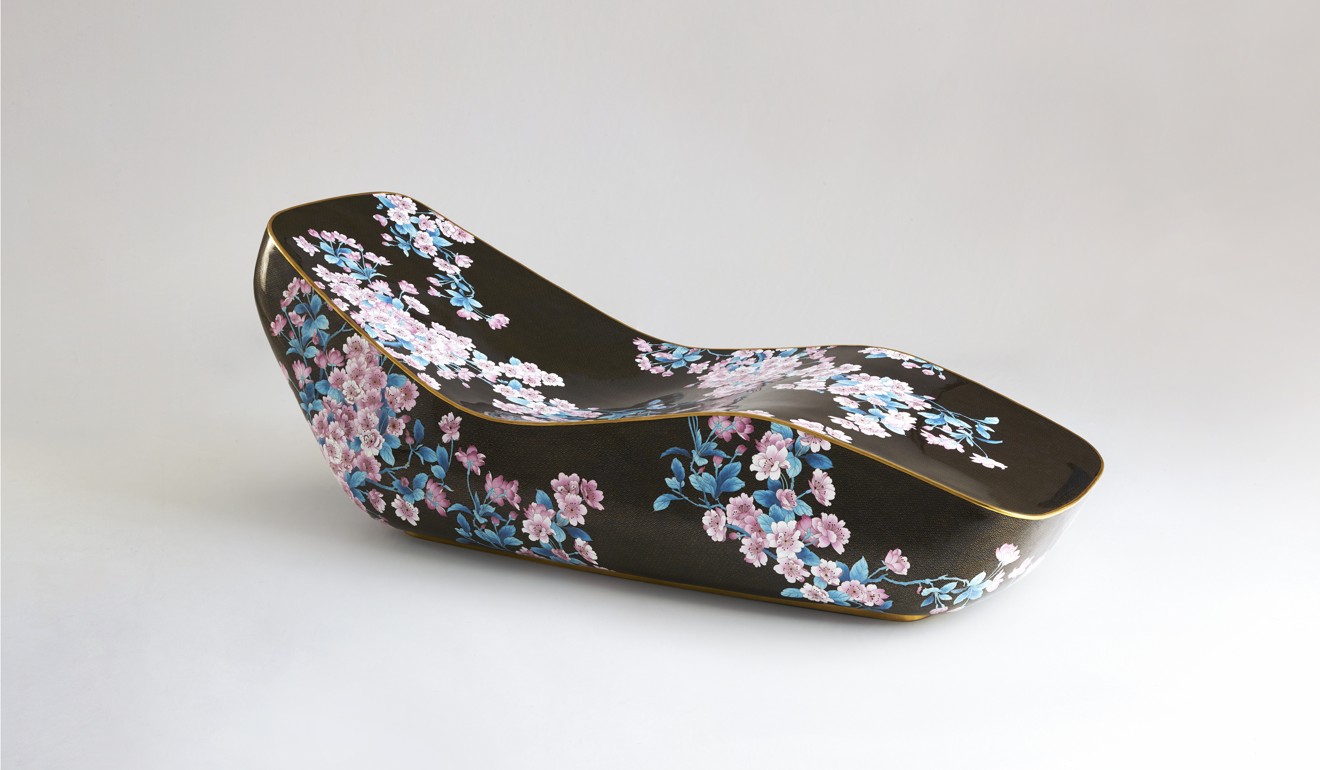
“We transpose the design onto a large object, say a desk. Then 20 highly skilled women – and women massively outnumber the men in this – lay out all the metal work and pour in a layer of glass powder. Then the entire piece has to be fired up to 10 times because each enamel colour sets at a different temperature. So it can take literally months just to produce one desk.”
Many of the designer’s motifs have clearly evolved from the algorithm-generated patterns of his previous work, while others feature large floral motifs found in traditional Chinese painting.
“I thought it might be nice to exploit motifs and graphics that the workers would be familiar with, so we could let them run with it to some extent,” he says.
“Don’t get me wrong, that peony may look like a piece of traditional Chinese art but it has been utterly manipulated … with different algorithms to create these complicated patterns. But every tiny detail then has to be placed by hand by these skilled workers so it comes down to an interplay between the two processes.”
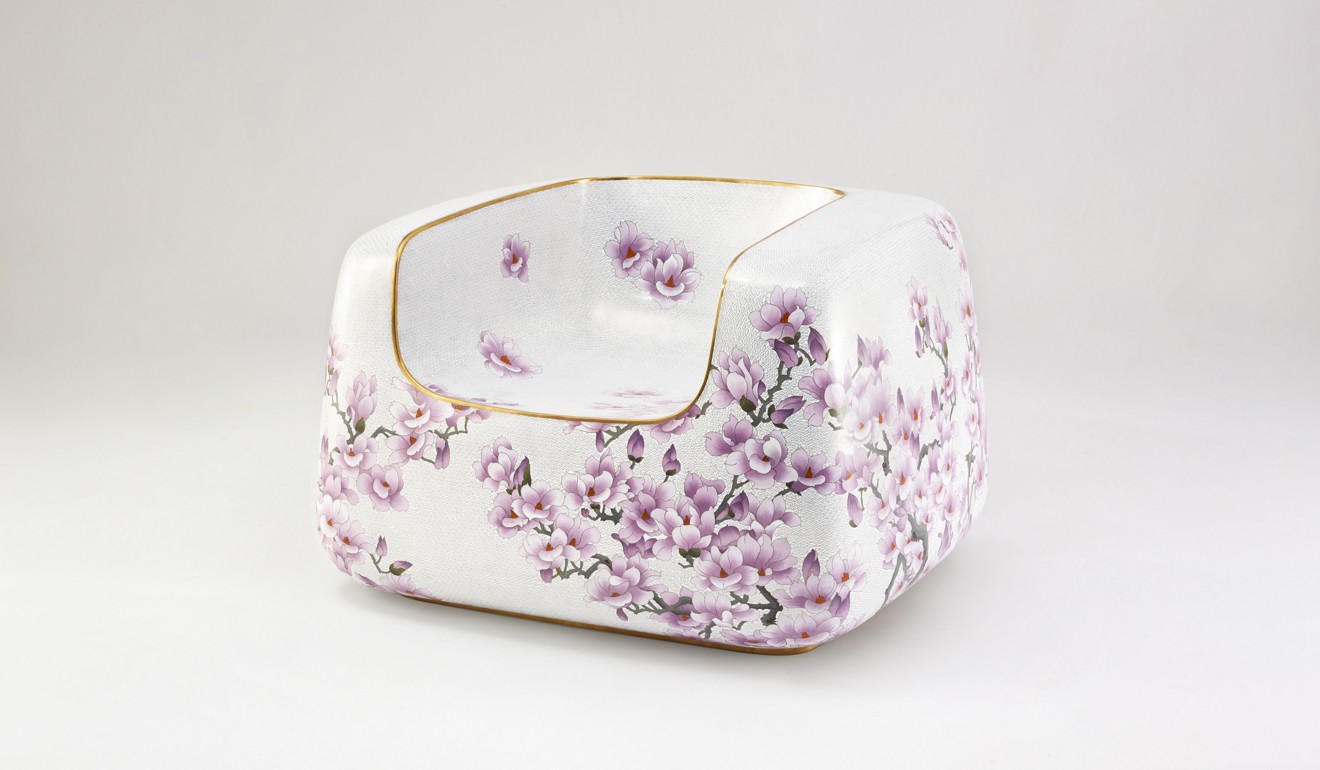
Newson experimented with an even longer kiln process for a set of glass chairs in jewel tones. Though very much in line with the recent trend for glass furniture showcased at last year’s design fairs from Milan to New York, Newson’s chairs have pushed the size and shape boundaries of cast glass, another traditional technique, this time from the Czech Republic.
“I’m always trying to think of a beautiful shape that exploits the material, the process, the technique,” says Newson of his pronounced return to hourglass-shaped designs. This time sturdier and perfectly symmetrical, the cast glass chair provokes an urge to flip it upside down, though not easily – Newson estimates each one weighs between 80kg and 90kg.
“Casting glass like this is an insane technique because for these chairs you’re running a kiln for six months, but if you have a power out the whole thing is finished right there – and yes, that did happen,” says Newson.
Cordless lighting: is it safe and do we need it? Designers are divided
“And even after the six months, the scary part is that you don’t even know if it’s going to work until the moment you crack the mould away. I would say for every win, there were two fails. We actually had one chair – even bigger and more ambitious than these – that we tried three times, and every time we took the mould off, it cracked.
“It’s a dark art. I wouldn’t necessarily do it again. I’d never seen pieces that big in glass and that was because it had never been done. And having done it, I can rest assured that no-one will ever be able to copy them. There’s just no industrial process that would make it scalable. I guess that is one of the themes of the show – how long everything takes to make. The craftsmanship on show … is probably six years [worth of work].”
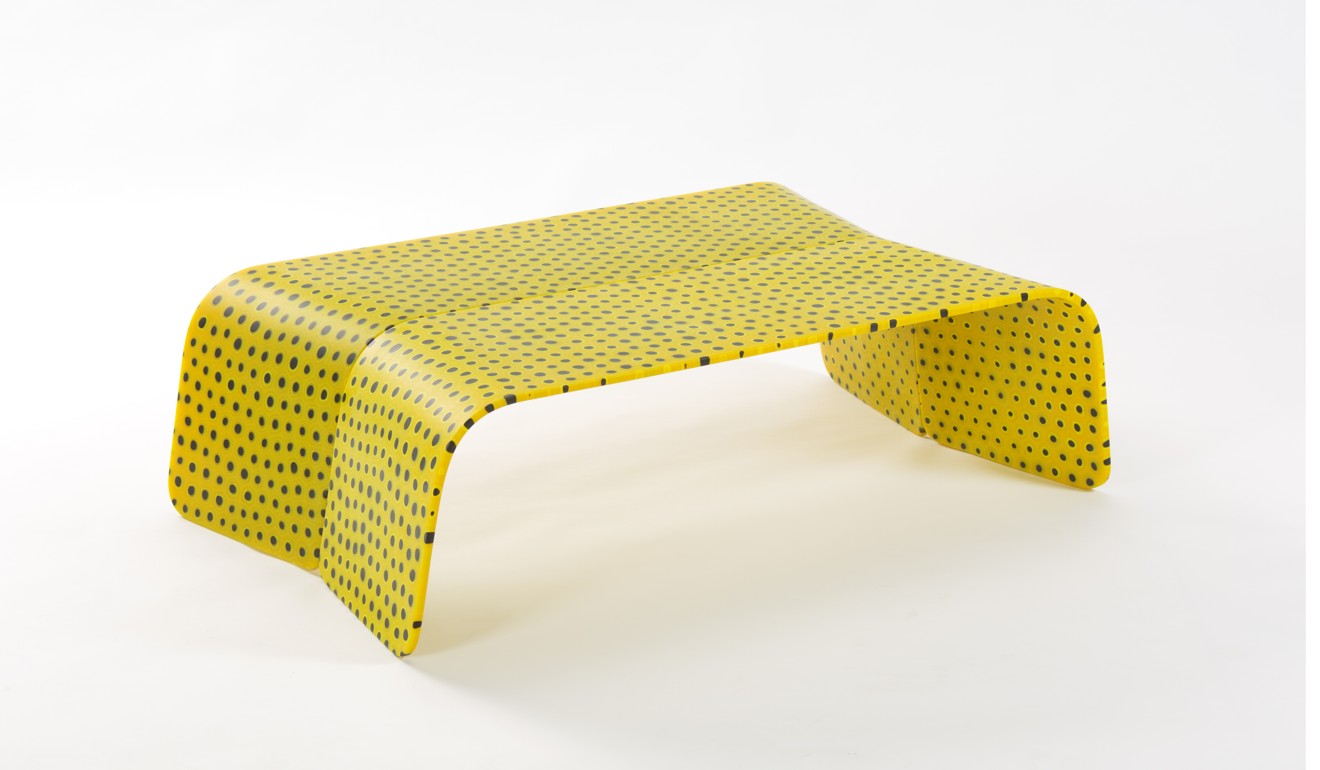
The collection is expected to travel to other Gagosian locations, including Hong Kong, although dates have not yet been confirmed.
“[Hong Kong] would be my next choice and I would love it because, culturally, the pieces are so relevant to the region,” says Newson.
“We’re also now seeing the emergence of Chinese and Asian collectors that have the means and level of sophistication for this kind of thing. Ten years ago wouldn’t have been the right moment, but now it’s there for sure.”

A frequent traveller to Hong Kong, Newson credits his affinity for the region to stints in Seoul and Tokyo as a teenager living with, and later visiting, his mother and stepfather, a pharmaceuticals executive.
“I remember first visiting Japan in 1980-1981 and feeling very comfortable, just wandering around and taking things in. That was a moment in my life when I became completely cognisant of where I was going and what I was interested in. I was getting more interested in design and fashion. It was the time of [Kenzo founder] Kenzo Takada and [fashion designer] Issey Miyake – they were doing really amazing things and I’m sure that’s had an effect on me,” he says.
Putting bamboo, stone and wood back into Chinese architecture
Newson returned to live in Tokyo under his own steam, where he met kindred design spirit Jony Ive, then spent six years in Paris before setting up his company in London, where he has been based since 1997. A long list of global clients ensures he still travels extensively. Aside from the Gagosian exhibition, he is under pressure for quite a few other “deliverables”.
“I’m doing a ton of work for Apple at the moment; it takes up about half my time,” says Newson of the unmentionable “behind the scenes” project, rumoured to be the company’s long-awaited electric car.
He is also working on interior designs for large boats and private jets. “There’s always private jets on the go because I’m an approved supplier and there aren’t many of us,” he says. “Unlike at the Gagosian, where I start with a completely blank page, in aviation there’s only about three per cent creativity. But I quite enjoy having parameters: you know where certain things have to go and what they have to do. The last thing you want to do as a designer is waste time.
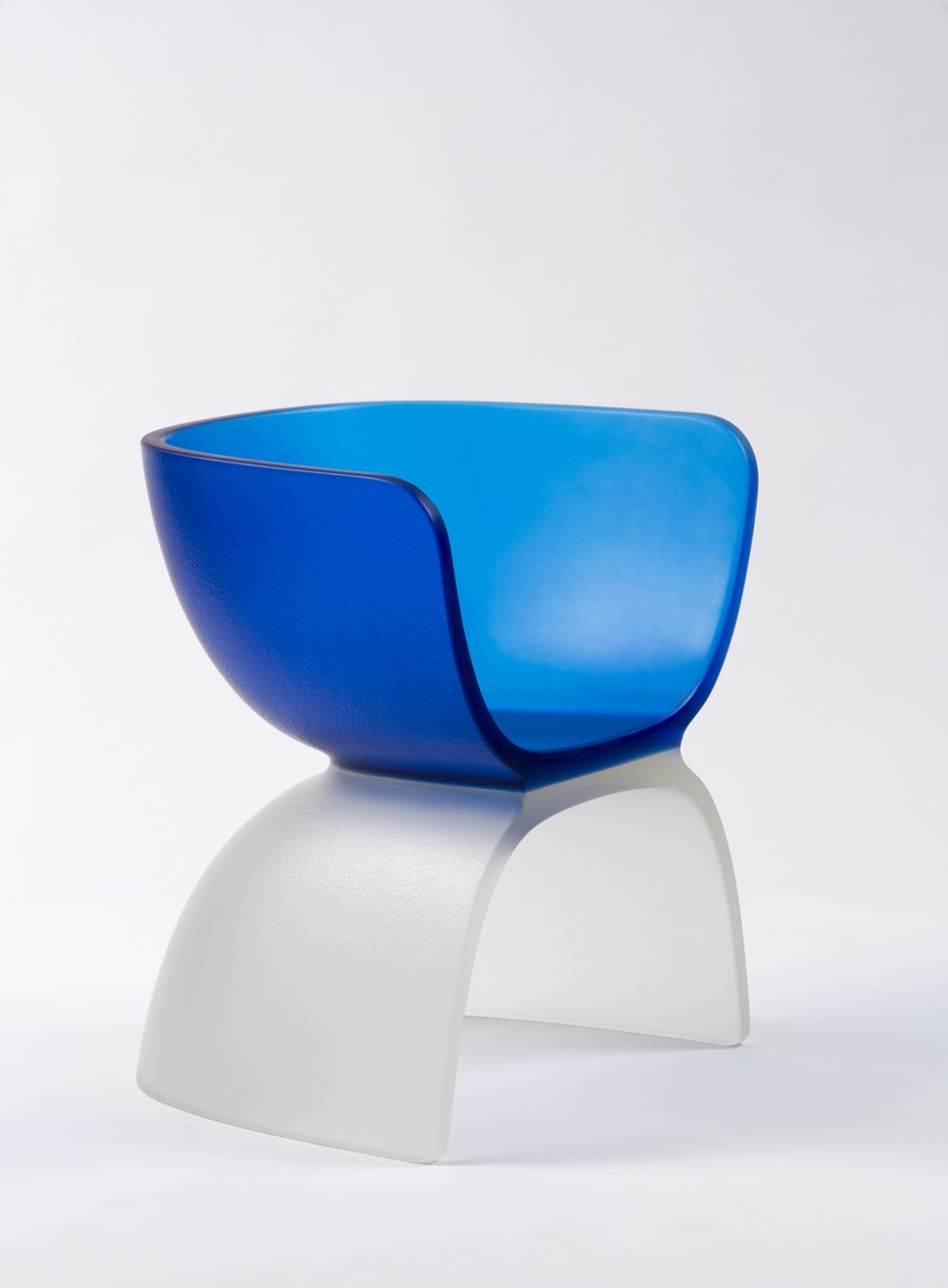
“When you move into large yachts, the restrictions aren’t as great because boats can’t come crashing out of the sky. There’s more scope for creativity and I’m definitely enjoying that, too.”
On his recent shift towards collaborations with makers of luxury goods, Newson is unapologetic.
“With Mont Blanc or Hermes, yes they are what we refer to as luxury goods. They are more costly to produce and you get what you pay for. But I feel it’s a lot more responsible and ecological to design a clock that may cost several thousand dollars but that will last for generations, rather than to buy 50 sh***y alarm clocks.
Six of the prettiest plant pots, from mid century minimal to textured terracotta
“In more recent years, I’ve ended up being drawn into the luxury sector because sometimes they are the only people who will afford you the opportunity of working with certain materials, or allow you to push the boundaries. The world doesn’t need more cheap furniture, but it does need well-designed airline seats. Now I’ve designed masses of stuff for airlines and it can get pretty soul destroying. But I’ve been really happy to be involved in that because in aviation you often get access to new materials and processes.”
The meticulous designer sees no conflict between his penchant for complexity and the pared down aesthetic of many of his creations.
“I aim to simplify in all of my designs. But simplifying is really, really complex. And I enjoy that kind of complexity. Most people won’t ever see it or understand it – what lies under the simplicity – but good designers will.”
Marc Newson’s furniture exhibition is at the Gagosian gallery in New York from 17 Jan 17 to Feb 20, 2019.
